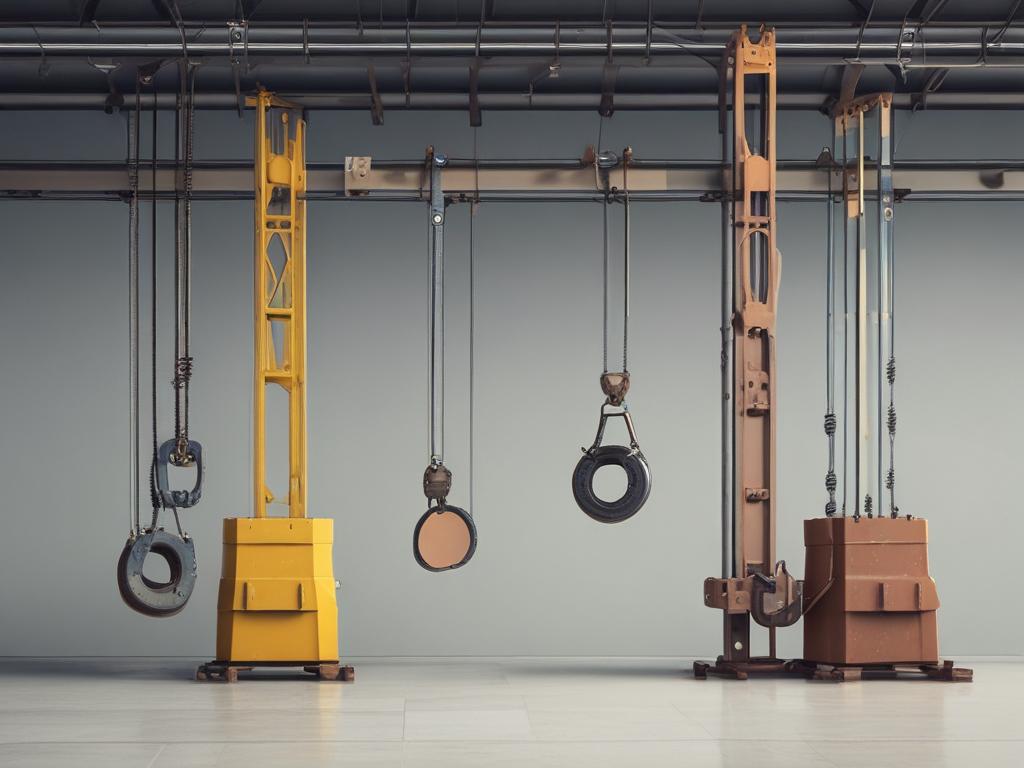
Choosing the right lifting equipment is crucial for the success and safety of any project, whether it involves construction, manufacturing, or logistics. With various options available, it's essential to pinpoint the specific needs of your project to select the most suitable equipment. A well-informed decision enhances efficiency and minimizes risks.
In this blog post, we will explain how to choose the right equipment for your project and provide a comprehensive guide to navigate the complexities of lifting solutions.
When selecting lifting equipment for your project, thoroughly understand your specific requirements. Consider the types of materials you will be lifting, their weights, and the necessary height for lifting. This foundational information will guide you in determining the type of equipment needed—such as cranes, hoists, or forklifts—and their respective capacities. Take the time to assess the scope and duration of the project to ensure that the equipment chosen can handle the demands over the entire timeline, avoiding any potential delays caused by insufficient lifting capabilities.
In addition to weight and dimensions, reflect on the precision required for your lifting tasks. Specific projects may demand rigorous control while positioning heavy loads, which may steer you towards more advanced equipment with precise operational features. Engaging with your team to gather insights on their experiences and expectations can also prove invaluable.
Understanding the load capacity is crucial when selecting lifting equipment to ensure safe and efficient operation. Each piece of equipment has a specified load capacity, which refers to the maximum weight it can safely lift. Choosing equipment that can handle the weight of the materials you intend to lift is essential, allowing for an extra safety margin to account for unexpected loads or dynamic forces. Always consult the manufacturer’s specifications and ensure the lifting equipment you select can manage the peak load without risking equipment failure or accidents.
Safety ratings also play a pivotal role in your choice of lifting equipment. Explore certifications and standards that apply to the equipment you are considering, such as those set by OSHA (Occupational Safety and Health Administration) or ANSI (American National Standards Institute). These ratings indicate that the equipment has undergone rigorous testing and meets safety criteria. Additionally, inspect any safety features, such as overload protection, emergency stop controls, and stability measures. Prioritizing both load capacities and safety ratings will protect your workforce and enhance your project's overall efficiency.
When selecting lifting equipment, it is crucial to consider the environmental factors surrounding your project. Weather conditions such as wind speed and precipitation can impact the effectiveness and safety of specific lifting equipment. For example, cranes may struggle to operate in high winds, while some forklift types may not perform optimally on uneven or soft ground.
Job site conditions, including space constraints, ground conditions, and proximity to overhead obstacles, also significantly affect your choice of lifting equipment. A crowded site may require compact machinery that can maneuver easily, while an area with soft ground may necessitate equipment with larger footprints or additional stabilization features. Before making your final decision, evaluate the site layout and any potential hazards, such as power lines or other obstructions.
Then, reach out to the experts at T&M Cranes. Our team has been family-owned and operated since 1974 and specializes in overhead cranes, hoists, parts, and ongoing service. Our decades of experience make us confident we can help you with any type of lifting equipment or hoist repair.